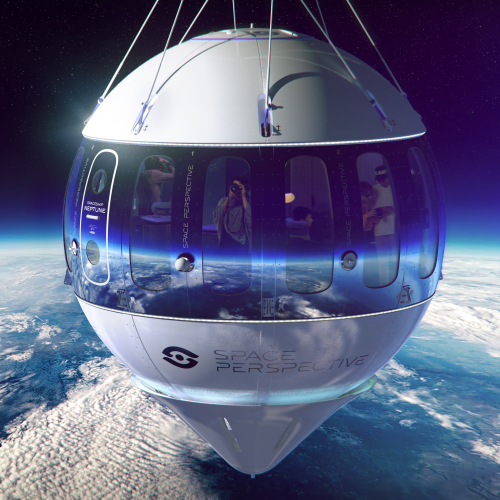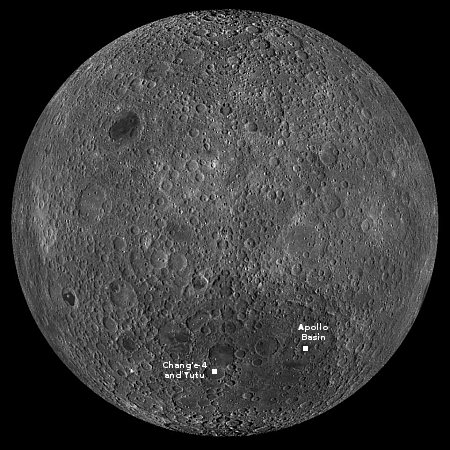Space Perspective unveils test balloon capsule for unmanned test flights

The high altitude balloon company Space Perspective yesterday unveiled the test balloon capsule, dubbed Excelsior, which it plans to use for a program of ten flights beginning this year, prior to beginning manned flights on its Neptune manned capsule, shown in the graphic to the right.
Neptune is designed to take eight passengers to altitudes of twenty miles for several hours, not quite space but high enough to see the curvature of the Earth. The company had said in 2022 it would begin commercial flights by the end of 2024, but it now says it is targeting 2025.
Florida-based Space Perspective is one of two American companies attempting to fly high altitude balloon flights for tourists, with Tucson-based World View the other. There is presently no word when World View will begin its first manned flights.

The high altitude balloon company Space Perspective yesterday unveiled the test balloon capsule, dubbed Excelsior, which it plans to use for a program of ten flights beginning this year, prior to beginning manned flights on its Neptune manned capsule, shown in the graphic to the right.
Neptune is designed to take eight passengers to altitudes of twenty miles for several hours, not quite space but high enough to see the curvature of the Earth. The company had said in 2022 it would begin commercial flights by the end of 2024, but it now says it is targeting 2025.
Florida-based Space Perspective is one of two American companies attempting to fly high altitude balloon flights for tourists, with Tucson-based World View the other. There is presently no word when World View will begin its first manned flights.



